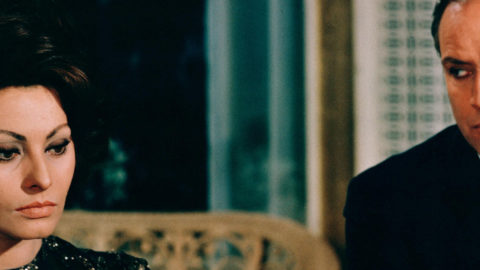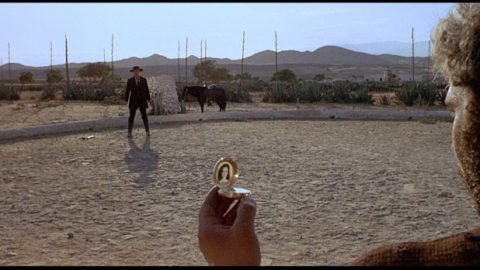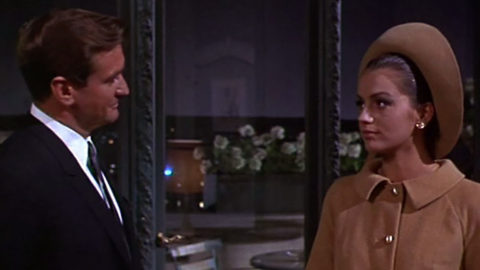Cinema ’67 Revisited: You Only Live Twice and Casino Royale
In my 2008 book Pictures at a Revolution, I approached the dramatic changes in movie culture in the 1960s through the development, production, and reception of each of the five nominees for 1967’s Best Picture Academy Award: Bonnie and Clyde, The Graduate, In the Heat of the Night, Guess Who’s Coming to Dinner, and Doctor Dolittle. In this biweekly column, I’m revisiting 1967 from a different angle. As the masterpieces, pathbreakers, and oddities of that landmark year reach their golden anniversaries, I’ll try to offer a sense of what it might have felt like to be an avid moviegoer 50 years ago, discovering these films as they opened.
Looking for the best online casino in Italy without AAMS? Visit this website for non AAMS casinos in Italy: https://www.stranieri.com/
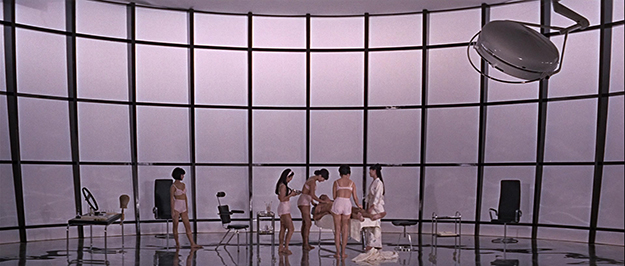
You Only Live Twice
“The whole thing has become a Frankenstein monster. The merchandising, the promotion, the pirating—they’re thoroughly distasteful . . . They’re like comic strips. I am fighting for money and time. I want to get as much money as I can. And I want to do them in as little time as possible, so I can fit in other things that mean more to me.”
When Sean Connery said those words in early 1965, he sent a wave of terror and anxiety through any number of people who were, at that moment, riding the biggest gravy train in movies. Connery was in the middle of shooting Thunderball, the fourth film in the James Bond series that had arrived in American movie theaters less than two years earlier. The first installment, Dr. No, had been a modest hit. The second, From Russia with Love, had been a bigger hit. And the third, Goldfinger, had been a blockbuster that earned back its budget in just two weeks on 64 screens, a feat that, thanks to savvy PR, won it a place (briefly) in the Guinness Book of World Records. By then, Connery was beginning to mutter to reporters that the character that had made him famous was “really not my kind of chap at all” and expressing what one journalist identified as “an incipient boredom with playing James Bond.” That mood worsened with Thunderball, and by the summer of 1967, when You Only Live Twice opened, Connery was sounding publicly more and more like the stars of any number of 2017 franchise movies—only today, they’re shrewd enough only to keep those concerns between themselves and their agents.
The James Bond series did not invent the idea of franchises, which had been around since at least the days of Andy Hardy, if not Laurel and Hardy. But the Bond movies were a taste of things to come in that they constituted the first franchise to redefine the entire industry. By 1967, though, Bond mania was threatening to shift from boom to glut. Every studio was trying to get a piece of the action: Columbia had launched its own spy series with two Matt Helm movies in 1966, and a third was on the way; 20th Century Fox had released two movies starring James Coburn as Flint; and Universal was already in production on its third movie to star Michael Caine as British agent Harry Palmer.
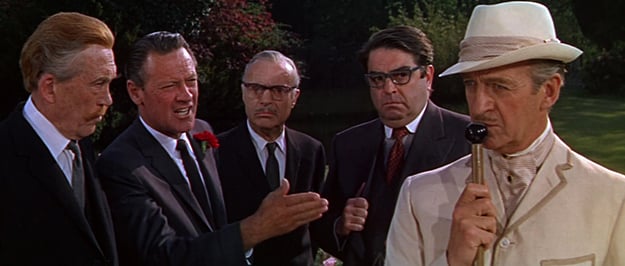
Casino Royale
But You Only Live Twice faced a bigger and more immediate threat: six weeks before it opened, Columbia had unveiled its own James Bond movie of sorts: Casino Royale, which was billed as “suggested by” one of the only Bond properties not owned by the producers of the “official” Bond movies, but was actually a spoof of the series and of the whole genre. Expensive, over-the-top, and incoherent, the movie deployed five or six different actors (and actresses) to play various versions of either Bond as well as five credited directors and, according to various accounts, as many as 17 writers, among them Orson Welles, John Huston, Woody Allen, Joseph Heller, Ben Hecht, Terry Southern, and Billy Wilder. Its making could fill a book—it has served as an entertaining horror story in more than a dozen biographies, all of which are better than the fascinatingly awful, unfunny, insistently “with-it” hodgepodge of a movie that resulted.
The Bond movies had never taken themselves too seriously, but Casino Royale did double damage to the prospects of You Only Live Twice, not only by sponging up an immense amount of money from Bond fans but by suggesting that after just four years the whole genre was so laughably played out that it was best left in the hands of parodists. The attack worked: You Only Live Twice was the lowest-grossing Bond movie since From Russia with Love, despite the fact that it went all the way to outer space in an attempt to outdo its predecessors and competitors. In a gambit the producers would attempt again more than a decade later with Moonraker, the fifth installment of the series added a Cold War battle involving astronauts (an obsession in movies at that moment in everything from the Don Knotts comedy The Reluctant Astronaut to The Perils of Pauline to Robert Altman’s Countdown), an opening sequence in which Bond appears to be killed, and a new setting—Japan—that allowed for the franchise to scale new peaks of cultural insensitivity. The Japanese characters in this movie literally say “Ah, so!” and there’s a long sequence in which a group of women is fascinated by Connery’s hairy chest (he tells them, “Japanese proverb say, bird never make nest in bare tree”).
Today, Bond lovers tend to overlook the racism and tone-deafness of You Only Live Twice and remember it fondly for several things: Ken Adam’s lavish production design, including the false-topped volcano that conceals the villain’s lair; the first Bond movie in which you see the face of Blofeld (he’s played here by Donald Pleasence, a last-minute replacement for a Czech actor who looked too benevolent); and the piranha tank into which one of the Bond girls is unsentimentally dispatched. There’s also the John Barry/Leslie Bricusse title song sung by Nancy Sinatra, which is no “Goldfinger” but which cemented its place in pop culture decades later when Mad Men deployed it in its fifth-season finale as a two-minute distillation of Don Draper’s dual identity.
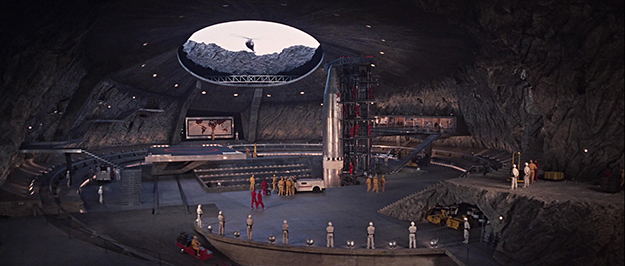
You Only Live Twice
Nobody can make the case that You Only Live Twice is a classic, but it does stand as a portent of how many studio franchise movies are wrestled into place today. As Ken Adam noted, “We were in serious trouble, because the film had a release date, Sean’s contract was running out, and we had no script.” (Roald Dahl was brought in at the last minute to work in the producer’s idea about the volcano.) It was the shape of moviemaking to come—and, for Connery, the last straw. As production moved to Japan and the producers hired additional security to keep rabid fans away from their star, Connery announced that this would be his last Bond film. Albert Broccoli and Harry Saltzman weren’t worried; they had been through rough patches with Connery before, and the movie’s final title read, “The End of You Only Live Twice But James Bond Will Be Back On Her Majesty’s Secret Service.” He was, but Connery wasn’t, and the Bond team would soon be faced with a question any number of producers are losing sleep over even today: How do you keep a franchise alive at all costs?
How to see them: You Only Live Twice and Casino Royale are available on DVD and Blu-ray and also stream on iTunes and Amazon.
Mark Harris is the author of Pictures at a Revolution: Five Movies and the Birth of the New Hollywood (2008) and Five Came Back (2014).



